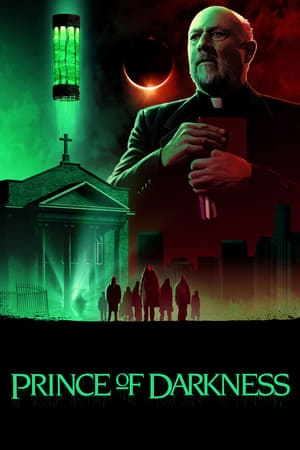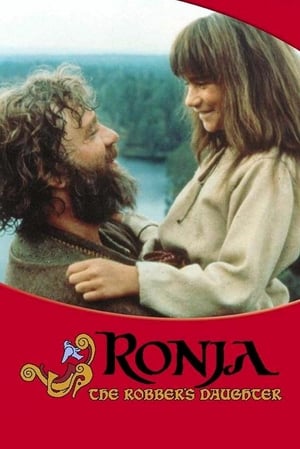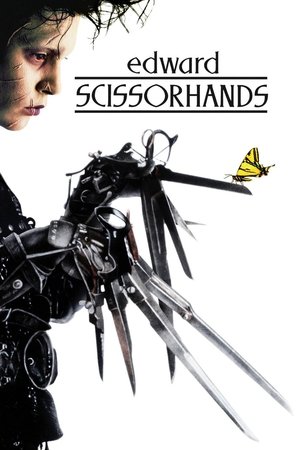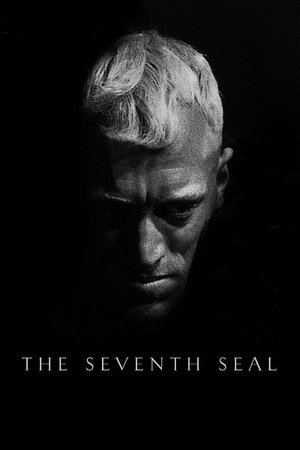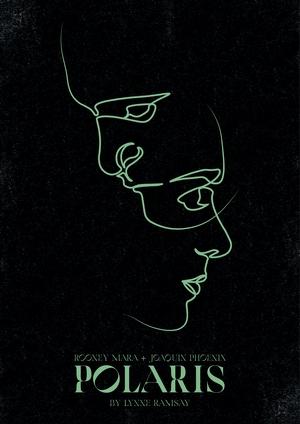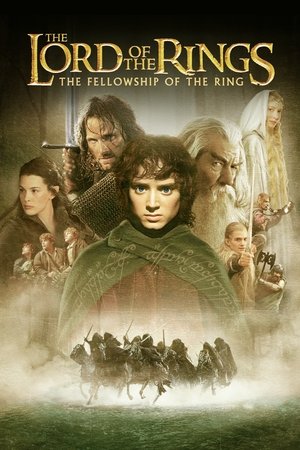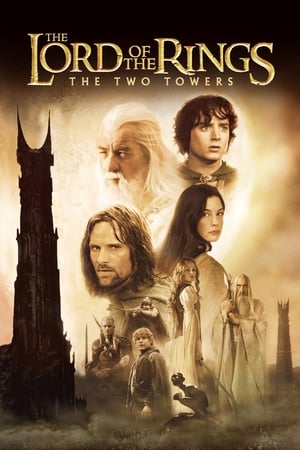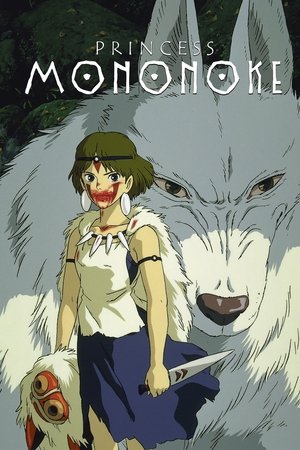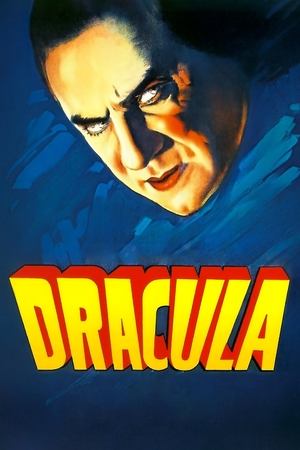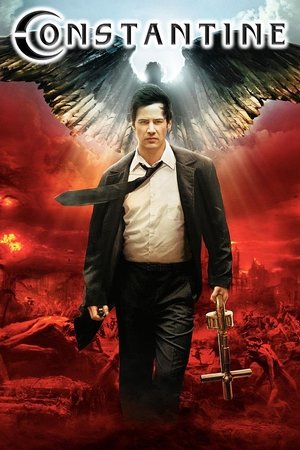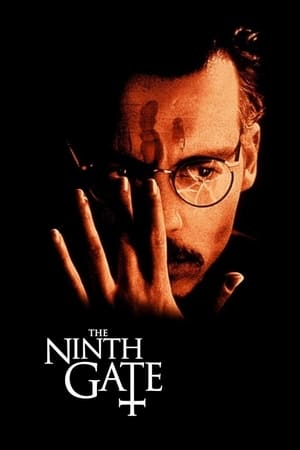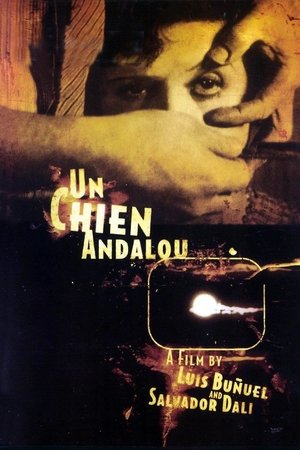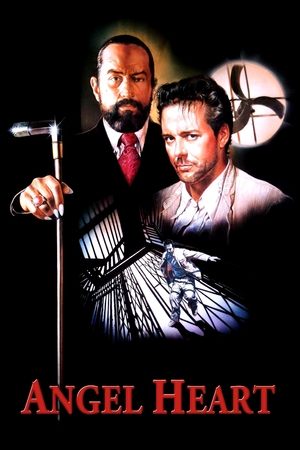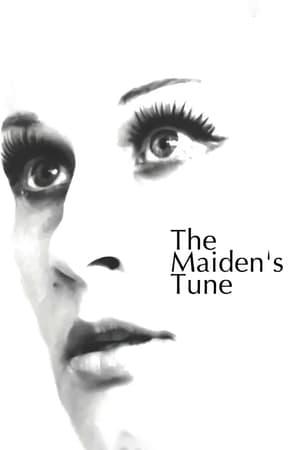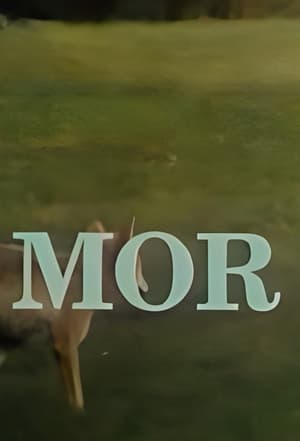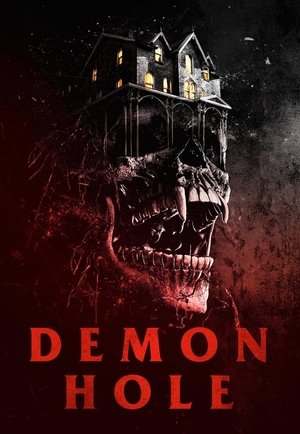Overview
Seven tourists sent by Satan to a castle are caught by a ghastly woman as they commit deadly sins.
Reviews
***Fascinating and Chilling Euro Gothic Masterpiece from 1971***
Seven tourists are forced to spend the night in an eerie castle in Germany. A succubus is sent to kill each one that indulges in one or more of the seven deadly sins (lust, gluttony, greed, sloth, wrath, envy/jealousy and pride).
“The Devil’s Nightmare” (1971) is a Belgium/Italy co-production and a real hidden gem of Gothic horror. It has a great cast & story and was filmed in a real castle. The people and the sins they indulge in are as follows:
Pride - Alvin, the Seminarian.
Envy - Corinne (the hot brunette), the collector of men.
Gluttony - Mr. Ducha, the Tour Driver.
Lust - Howard Foster, Corinne's last addition to her collection.
Wrath - Mr. Mason, the curmudgeonly complainer.
Greed - Nancy Foster, the gold-seeking angry wife.
Sloth - Regine, the (hot) sleepy blonde.
Some, of course, are guilty of more than one main sin, such as:
Nancy Foster, the angry wife: jealousy (although her husband gives her good reason to be jealous), envy (of the beauty of the other women) and wrath (I don't think she smiles once, except when she's literally swimming in gold).
Corinne: lust (lesbianism & adultery).
Regine: lust (lesbianism).
A handful of observations: If the bus driver was really THAT gluttonous wouldn't he be a lot heavier? (Like Fat Bastage from Austin Powers). If Regine were really THAT lazy how could she possibly have that hot body? Although the priest-in-training flirts with pride (listen to him during the chess match) and lust (for the redhead) he evidently never commits a mortal sin (or, if he does, he humbly & quickly repents rather than revel in it like the others). And shouldn’t Alvin know you can't make honest deals with the "father of lies"? Anyway, no one can argue that the film glorifies the various negative behaviors because, well, you’ll see. Also note that someone willingly sacrifices himself/herself, a potent example of agape love, illustrating a Christ-like heart.
One of the top highlights is three of the women: a blonde, brunette and redhead, no less. The succubus is the redhead, played by Erika Blanc. All three are voluptuous; each possessing a distinctive beauty. Their NATURAL curvy-ness is refreshing in comparison to too many modern American actresses who often appear nigh anorexic and artificial, if you know what I mean. It goes without saying that, if you have a lust problem, you might want to skip this one, especially in light of a fairly overt lesbian scene.
Another highlight is Erika Blanc's subtle make-up as the succubus combined with her amazing ability to contort her face from stunningly sharp to utterly hideous. It's pretty chilling.
TECHNICAL INFO: Some versions of the film have a tasteless porno-horror "intro" tacked on. This lengthy "intro" is not part of the original picture and simply has no business being there; in fact, it really mars it. No doubt it was tacked on by some latter-day producer in order to excite pre-pubescent boys ("Oooh, that's cooooool!"). The version featured with "Messiah of Evil" on DVD doesn't have this silly intro, but the sound quality isn't very good. I saw another version that has the intro but the sound quality was fine.
FYI: The original title translated to English is "The Long Night of the Devil" or "The Devil's Longest Night." I feel "The Devil's Nightmare" is weak and much prefer another alternative title (used on the VHS): "The Devil Walks at Midnight."
FINAL WORD: Since this is a Euro film shot in 1970 it's understandably dated, dubbed and slow-paced. The viewer must keep this in mind to appreciate it. Many themes are touched on: Does God exist? What about the devil and his demonic servants? Can he be trusted to make a deal with? (Yeah, right). Is there such a thing as sin? And, if so, what are its consequences? Another fascinating theme is human nature and the continual conflict between spiritual and carnal qualities with which we can all relate. The film also powerfully addresses the self-sacrificial nature of agape love (e.g. Romans 9:3).
Make no mistake this is a powerful piece of Gothic-horror cinema, perhaps even a masterpiece.
The film runs 95 minutes and was shot at Château d'Antoing, Antoing, Hainault, Wallonia, Belgium.
GRADE: A (keeping in mind its age and origins)

 95 min
95 min
 6.2
6.2
 1971
1971
 Belgium
Belgium
 Wuchak wrote:
Wuchak wrote: